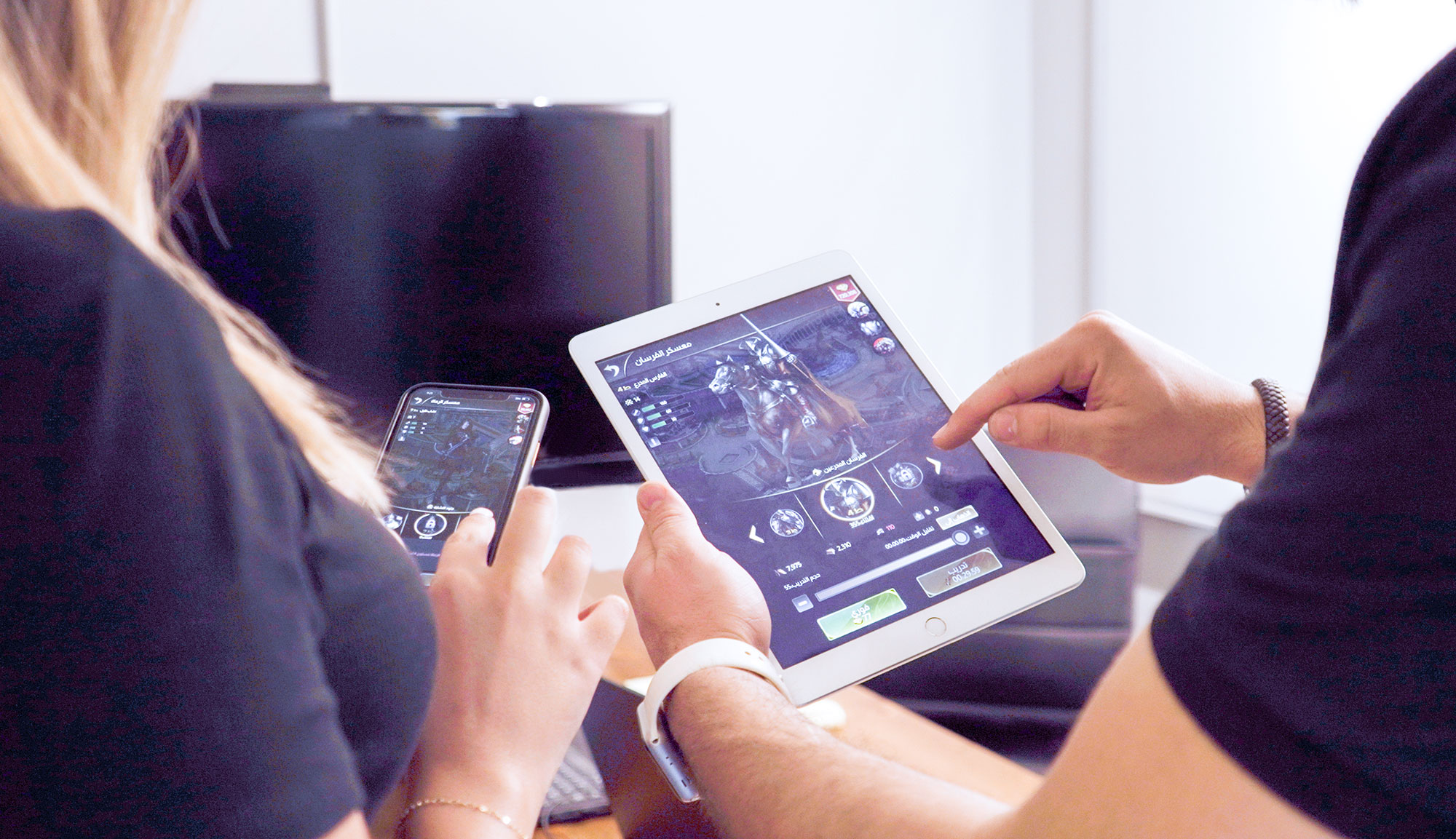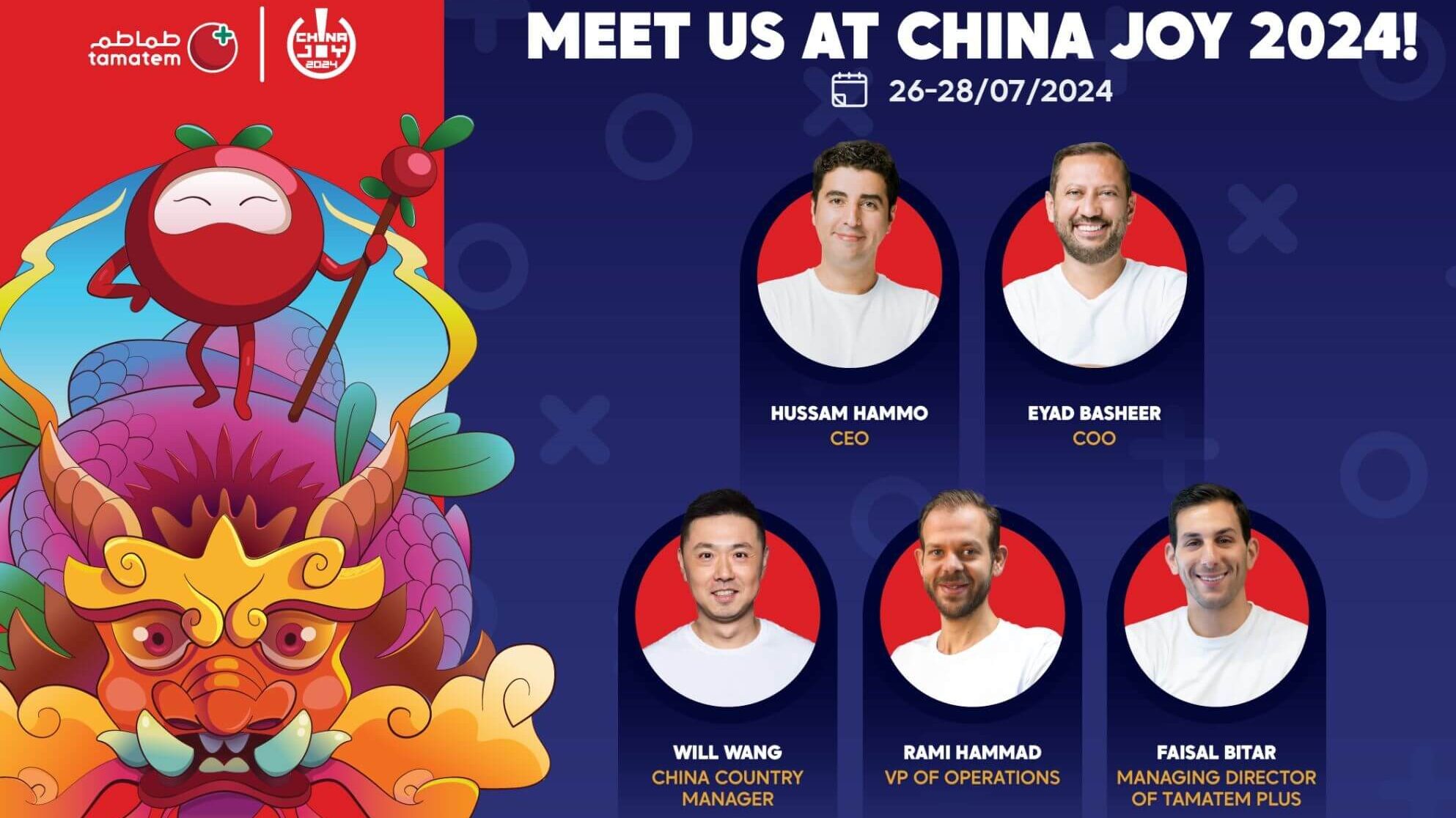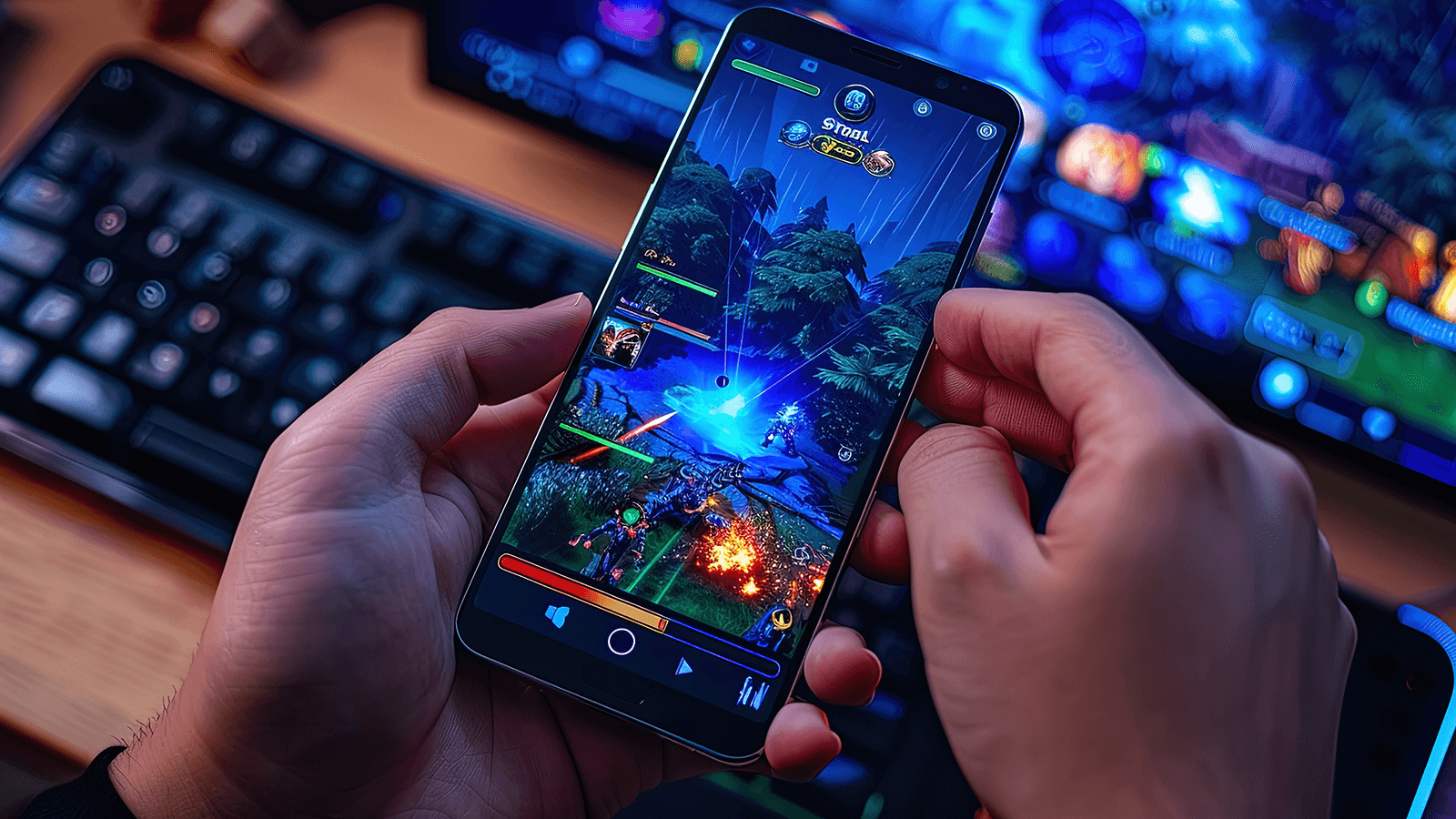
Do’s and Don’ts When Translating A Mobile Game
Content translation is arguably the most crucial part of localizing a mobile game. When you localize a mobile game you are essentially molding it to fit the linguistic needs of an international market. When done correctly, mobile game translation is a powerful cornerstone of localization.
At first glance, translation might seem like the simplest of tasks but the reality is that it is a complex process that requires extensive expertise and attention to detail. This blog post will give you a brief idea of some “Do’s” to focus on and some “Don’ts” you should avoid when translating a mobile game.
Do’s:
Do work with an expert
The first and most basic rule of thumb when it comes to any sort of translation is to work with someone who knows what they’re doing. Not only do you need to work with a translator who knows both languages inside out, but one who has a track record.
Choose the translator you decide to work with carefully; make sure you do your due diligence by looking at their previous work and by asking for references. Take this one step further by conducting a trial period where both you and the translator can test out your dynamic.
Lastly, hiring a translator who has worked on mobile games before is a huge plus. The bottom line here is to take the mobile game translation process seriously – don’t cut corners, don’t rush into hiring, and, most importantly, don’t rely on Google translate.
Do know your audience
When it comes to publishing an existing mobile game in a new market, your audience should be your guiding compass. Yes, if you’re expanding an existing mobile game into a foreign market then chances are it is already successful. However, that doesn’t mean that it would be an immediate success among new audiences.
Prior to kicking off the process of translating a mobile game, you should know everything there is to know about the audience it’s meant for; who is your ideal consumer? What language do they speak and which dialect do they use? How old are they?
Creating a consumer profile for your target audience will help guide the type of translation you should implement, from start to finish – this will ensure that you’re fully localizing your mobile game instead of simply translating it.
Do consider the details
Even the simplest mobile games can be rather complex; a mobile game’s user experience makes for more micro-details and interface elements to consider than a website, for example.
Throughout the translation process, make sure to closely consider the wording for each and every button, reward notification, level-up message, character name, ad description, and so on. These details, however meticulous they may seem, are the finishing touch to your mobile game copywriting.
Don’ts:
Don’t underestimate market research
Before deciding to translate your mobile game, there’s nothing more important than doing your market research and doing it right. Don’t just tap into a new market because it’s trending or because you’ve “always wanted to”. Invest in carrying out thorough market research that will give you a numerical, data-backed idea of why you should enter a specific market.
For example, entering the MENA mobile game industry would be a promising venture not only because of the substantial number of Arabic speakers but also because of rising smartphone penetration rates, high spending power, and the currently underserved market.
Don’t rely on one pair of eyes
While you should without a doubt be working with an experienced translator, you should never rely on them and them only. Make sure that your translation process has a quality assurance step where the translated content is reviewed, proofread, and revised by someone else. That’s not to undermine your translator’s expertise, but rather to cover your bases and minimize mistakes.
Don’t translate without the right tone
Translation is everything but tone is everything and more. Meaning, if you’re translating a mobile game to launch in the MENA market you need to consider multiple factors relating to tone. You wouldn’t use the tone of formal, “fus-ha” Arabic in a game that mainly targets teenagers. Similarly, you wouldn’t use the Egyptian dialect in a game aiming to target mobile game user bases in Jordan.
Long story short, the spelling, grammar, and linguistics of your translation can be on point but if the tone is off then it won’t land where you want it to.
If you’re looking to translate and localize your mobile game for the MENA region, get in touch with Tamatem games. Working with a top mobile game publisher can elevate your translation process and ensure that all the “Do’s” are done and all the “Don’ts” are knowingly avoided.


